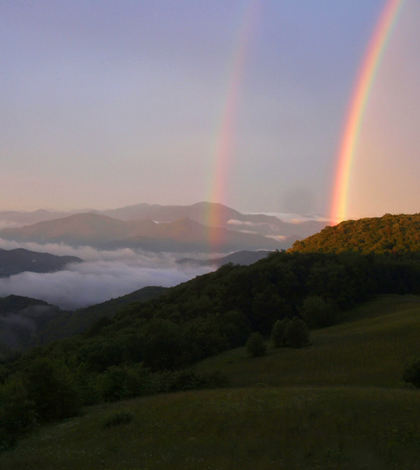Nitrogen transported by air affects vegetation in 38 national parks

Double rainbow captured from Purchase Knob webcam at Great Smoky Mountains National Park
Research led by Harvard University finds that 38 national parks are seeing excess fertilization from nitrogen, according to a release. Eighty-five percent of the nitrogen deposited on land comes from human activities, the scientists say. These sources include crop fertilization and animal husbandry.
With nitrogen being transported through air, vegetation in National Parks is increasingly at risk for accidental fertilization and overgrowth. Existing air quality regulations look to reduce the amount of nitrogen oxides in the atmosphere, but there aren’t current rules to govern ammonia emissions, which also play a role.
Researchers from Harvard, the National Park Service, USDA Forest Service and the EPA contributed to the findings, as well as others from the University of California, Irvine. The project was funded by NASA’s Applied Sciences Program.
Image: Double rainbow captured from Purchase Knob webcam at Great Smoky Mountains National Park (Credit: U.S. National Park System)





0 comments